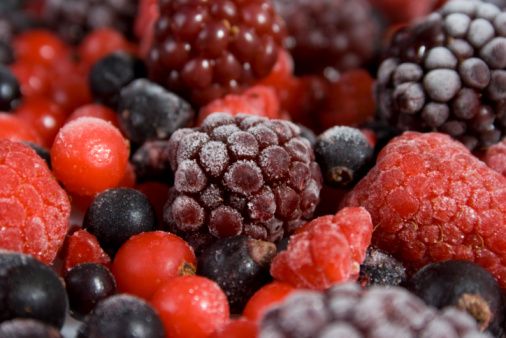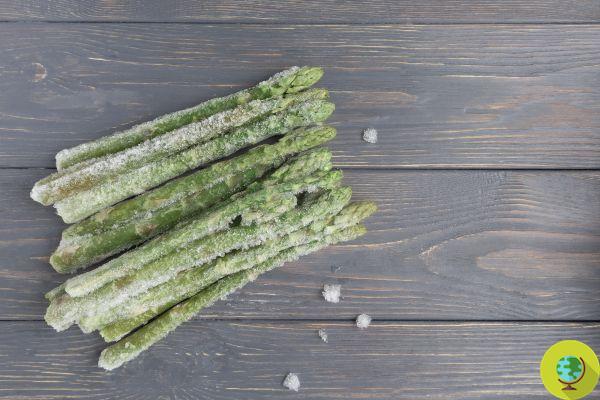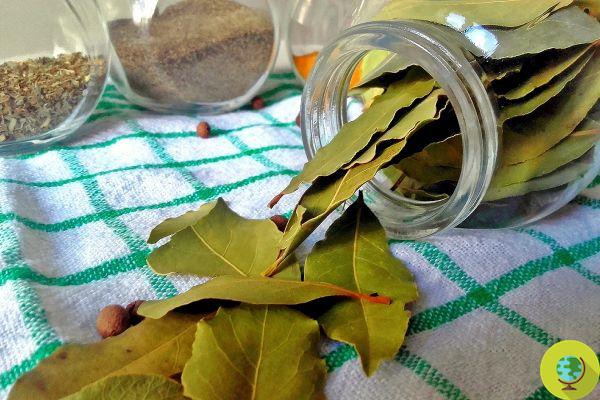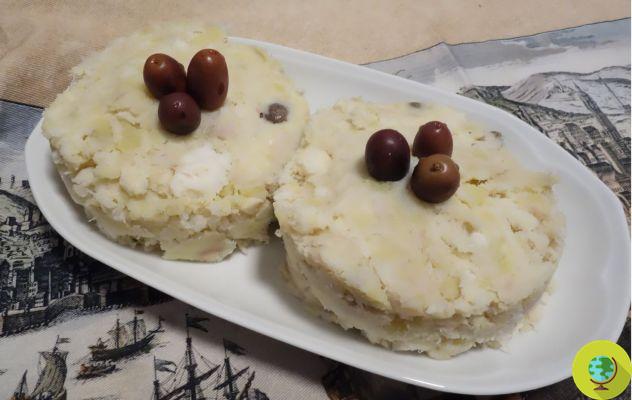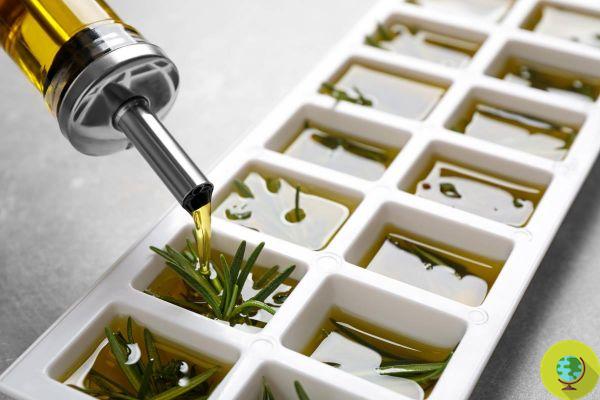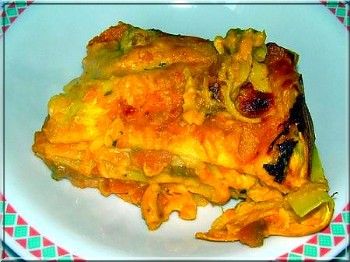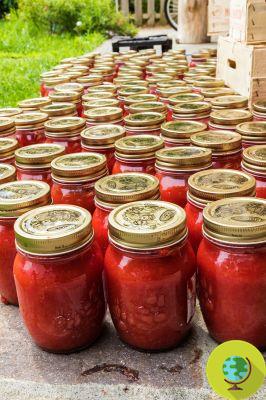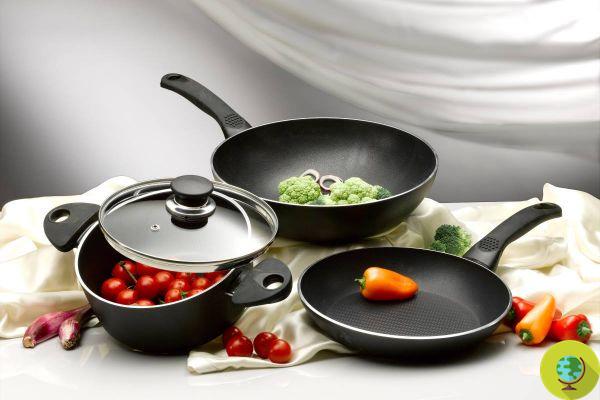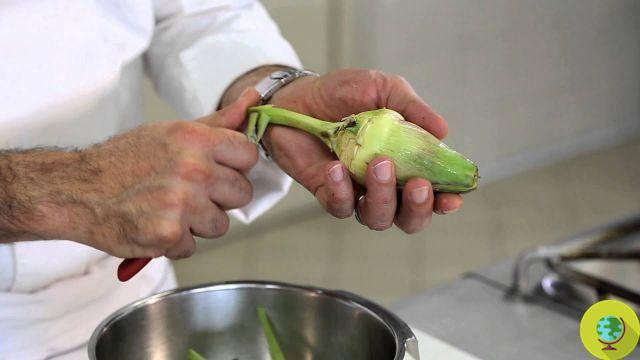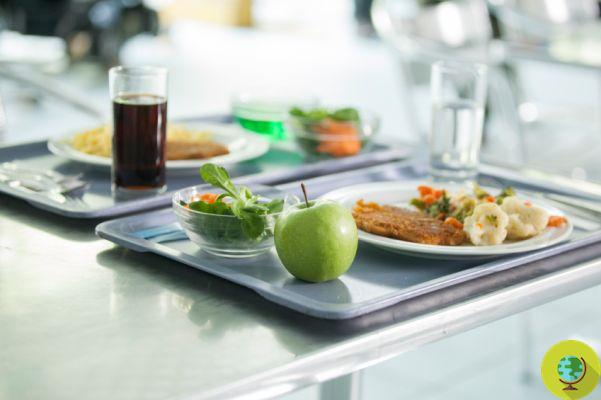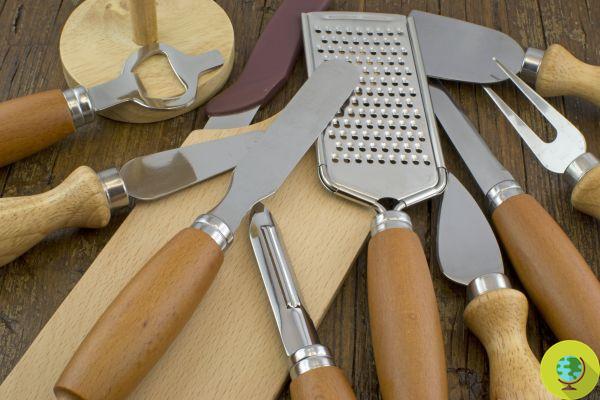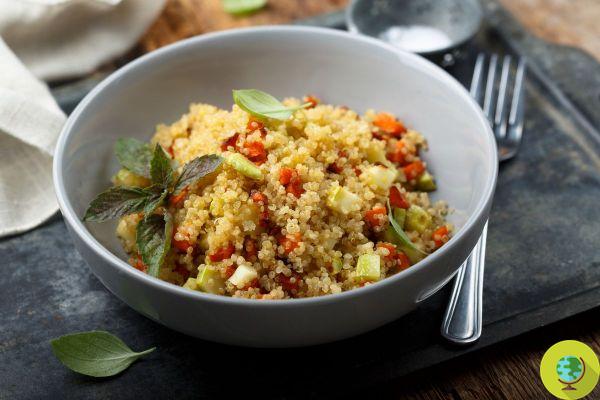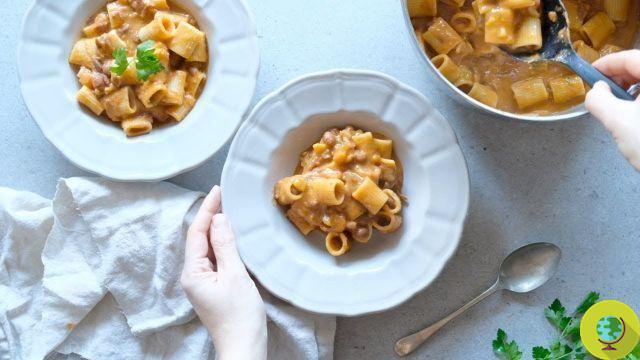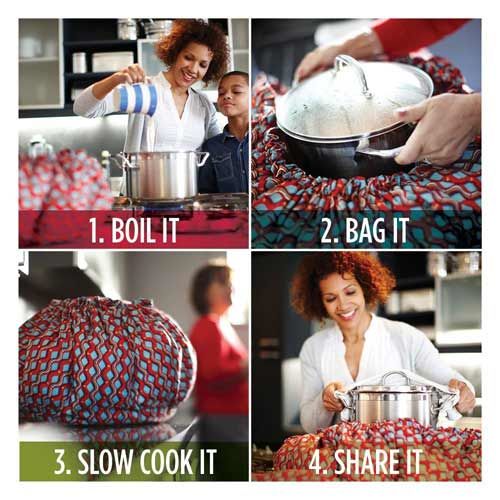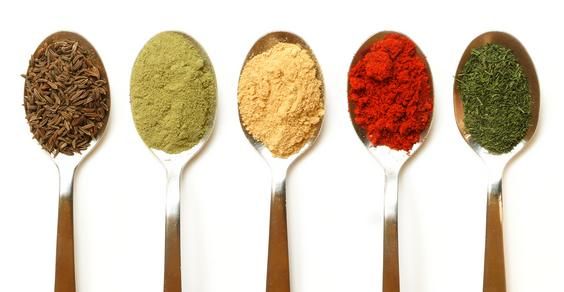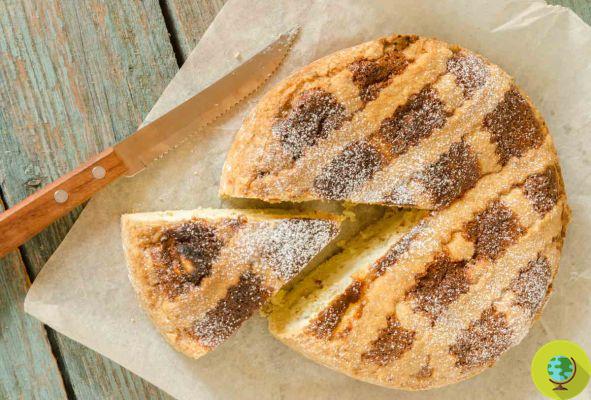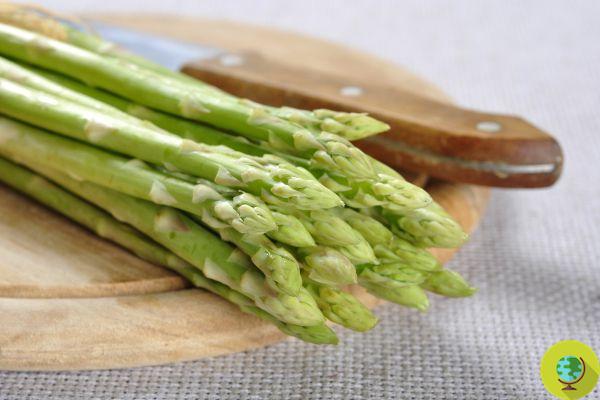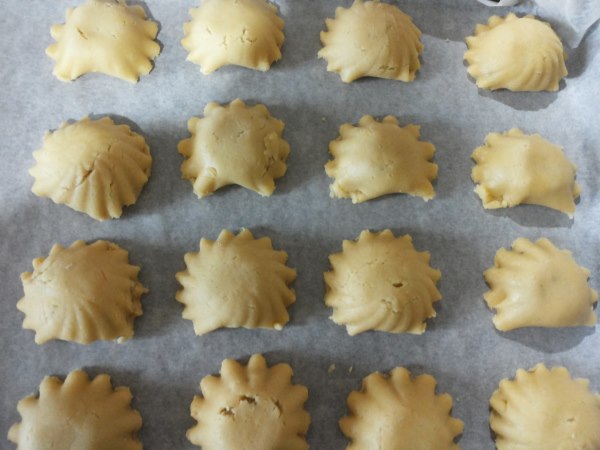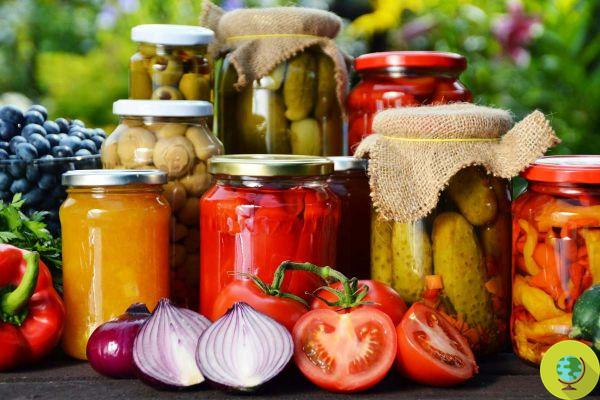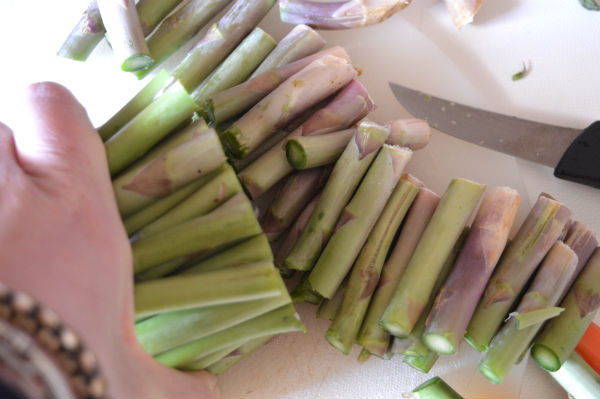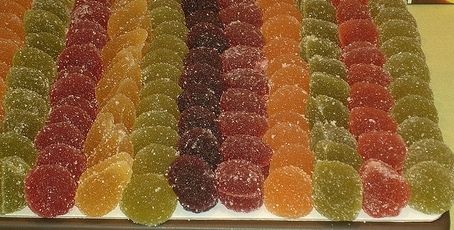Elderflower, rich in properties from a phytotherapeutic point of view, but excellent and versatile in the kitchen to enrich recipes and drinks. Tips for using and storing them in the best possible way to keep the benefits unaltered
He is about to end up run over, his mother saves himElderflower, rich in properties from a phytotherapeutic point of view, but excellent and versatile in the kitchen to enrich recipes and drinks. Tips for using and storing them in the best possible way to keep the benefits unaltered
The elder, Sambucus nigra, is a plant belonging to the Adoxaceae family (traditionally ascribed to the Caprifoliaceae family). It is a shrubby plant species, native to Europe and the Caucasus.
The dark green leaves are imparipinnate with a serrated margin; the fruits are blackish berries; the flowers of the elder are small and white. The latter bloom between the end of May and the month of June, spreading their sweet scent in the surrounding environment.
Elderflowers, as well as its fruits, are edible and rich in beneficial properties. But be careful! There are very similar varieties in nature that are poisonous to humans, such as Sambucus ebulus. Therefore, do not resort to do-it-yourself harvesting if you are not sure if the plant is edible.
Elderberry is widely used in the phytotherapeutic field as a diaphoretic (promotes sweating), anti-inflammatory, diuretic, digestive and laxative. In particular, elderflowers have a notable purifying action that favors the elimination of toxins (eg uric acid). Thanks also to the good amount of bioflavonoids
(antioxidants), flowers are able to:
- counteract the damage caused by free radicals;
- stimulate the immune system;
- promote proper functioning of the hepatic system;
- prevent some cardiovascular and inflammatory diseases (including chronic ones).
In addition to these phytotherapeutic properties, elderflowers are particularly appreciated in the kitchen because they lend themselves well to both sweet and savory recipes and culinary preparations.
Index
Elderflower recipes
Here are some of the recipes that can be prepared with the fragrant elderberry flowers, which in this period begin to bloom, especially in the plains and mountainous areas.
Elderflower herbal tea
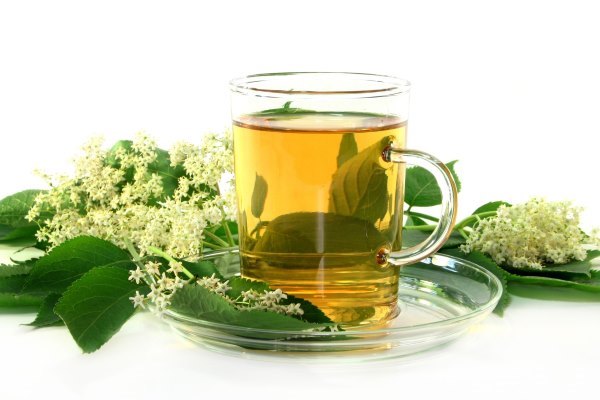
Elderflower herbal tea is useful for fighting bronchitis, colds, digestive problems, sinusitis and fever. In fact, facilitating sweating, it is ideal precisely in the presence of feverish states. It is also an excellent aid in slimming diets and in case of gout as it promotes diuresis.
2 teaspoons of dried flowers will be enough for each cup of boiling water. Filter the herbal tea after leaving the flowers to infuse for about 5 minutes.
Elderflower syrup
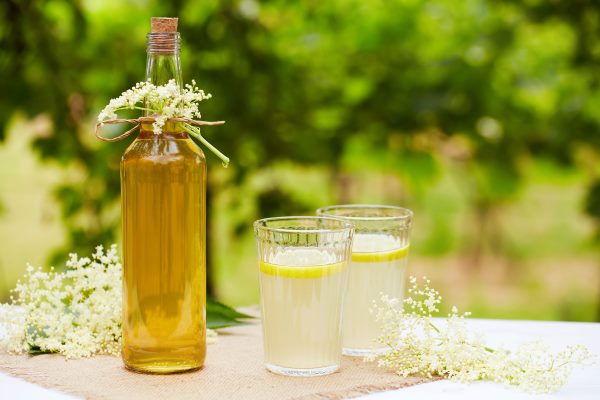
The syrup is prepared, unlike the herbal tea, with fresh flowers. This drink is highly thirst-quenching and refreshing, therefore ideal during the summer season.
Infuse in a liter of water: 5-6 fresh flowers, 30 gr of citric acid, juice of 1 lemon (organic) and 1,5 gr of sugar. After 24 hours it will be necessary to filter everything using a cloth or sieve and squeezing the flowers well, so as to collect all the juice. The syrup must be stored in the refrigerator in a glass bottle (preferably dark) and consumed within 5 days (max 7 days).
Elderflower pancakes
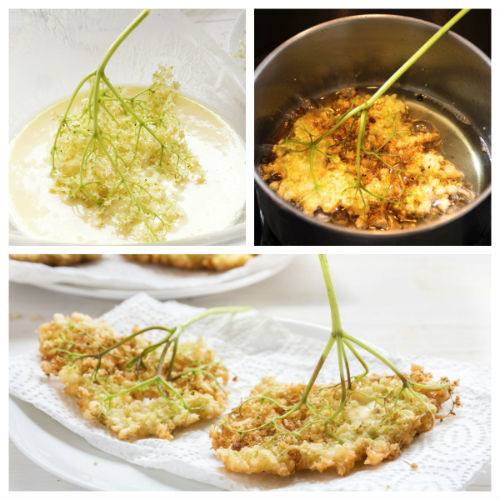
Elderflower pancakes can be served as an appetizer or dessert. The sweet version provides for the addition
of sugar in the batter, while if you opt for the savory version you will simply have to omit the sugar. To get very crunchy fried food, it is essential to add salt only after cooking (never in the batter)!
For the step by step preparation procedure you can read the complete recipe here
Elderflower pancakes
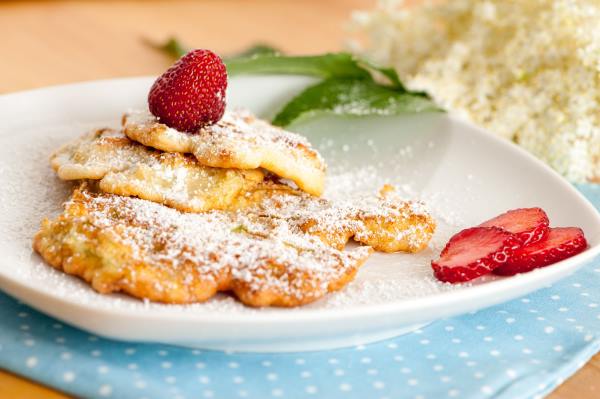
Not just pancakes, with elderflowers it is possible to make delicious pancakes to be served at breakfast for the delight of young and old. Preparing them is very simple:
ingredients:
- 8-10 fresh inflorescences of elder flowers,
- 2 whole eggs, 200 ml of milk,
- 125 gr of flour,
- 25 gr of butter,
- 6 gr of baking powder and a pinch of salt.
Separate the yolks from the whites and in the meantime melt the butter. Add the milk to the egg yolks and the cooled butter. Next, add the sifted flour and baking powder. Beat the egg whites until stiff, incorporating the sugar and a pinch of salt. At this point, add the egg white mixture to the yolks, mixing from bottom to top. Finally, join the individual elder flowers by separating them from the stem.
Grease and heat a non-stick pan (medium-low heat) and pour a ladle of dough. When cooked, season the pancake with a little elderberry jam.
Wholemeal focaccia with elderflower flowers
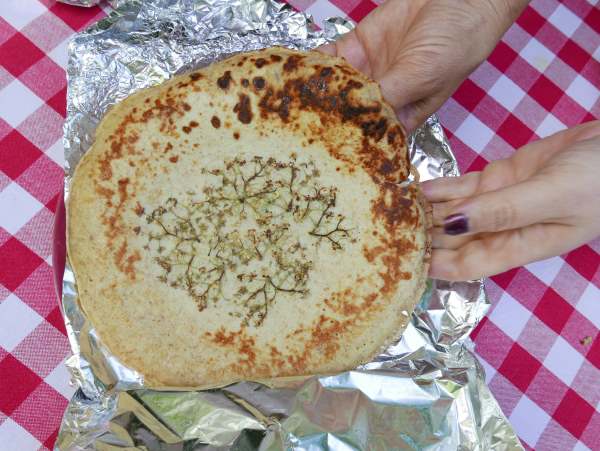
If you want to try the enterprise of making a wholemeal focaccia with elderflower flowers you can try this very simple recipe, which as soon as it is taken out of the oven and then once cooled remains pleasantly scented, good to eat with both sweet and savory foods. Here you will find the complete recipe to follow.
Elderflower flavored water
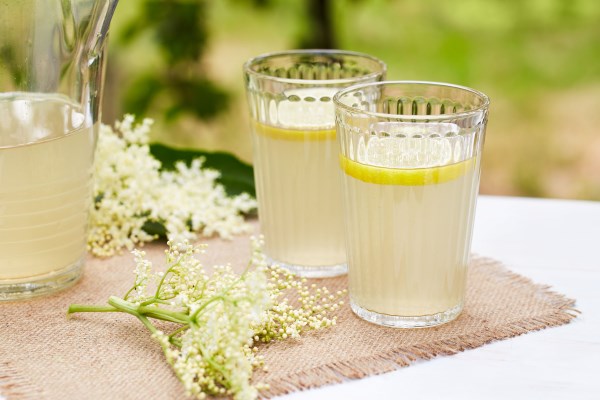
Flavored water is a summer trend that has been going a lot in recent years. It is simply unsweetened water (unlike syrup) embellished with spicy herbs, aromatic flowers or fruit. You can serve it in large jugs or in delicious single-portion glass jars with straws.
Dip a handful of fresh elderberry flowers and a few slices of lemon in the jug or single-serving jar. Keep the drink in the refrigerator for at least 12 hours before serving. In this way the flowers will have the necessary time to release their properties and their unmistakable scent and aroma.
Kombucha tea flavored with elderflower, cinnamon and ginger
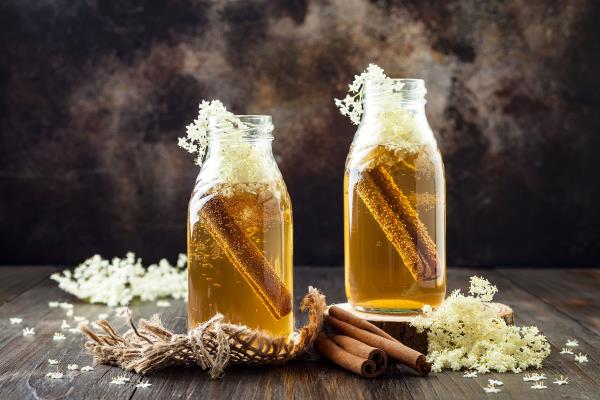
Kombucha tea is an oriental drink that was once considered an elixir of life. It is a fermented drink based on tea and a culture of yeast and bacteria (SCOBY - Symbiotic Colony of Bacteria and Yeast).
ingredients:
- 5 grams of dried black tea leaves or 3 sachets,
- 100 gr of brown sugar,
- 4 slices of ginger,
- 1 cup of fresh elderflower and a piece of SCOBY.
Boil a liter of water by adding the dried black tea leaves or sachets. When it comes to a boil, turn off the heat and leave everything to infuse for about 15 minutes. At this stage you can already flavor the tea by adding elderflower and ginger. Then, with the help of a sieve, remove the leaves / sachets and the aromas from the water and then sweeten. Allow the tea to cool until it reaches room temperature.
When the tea has cooled, pour it into a glass container with a wide mouth (e.g. that of jams) and add the SCOBY and 100 ml of ready-made Kombucha (generally when you buy the SCOBY a little Kombucha liquid is provided ). Cover the opening of the container with gauze or cloth and secure with an elastic. This will allow the mixture to breathe and therefore to ferment at its best without being contaminated. Let it ferment for 7-12 days at a temperature of 23-27 ° C in a dry place. To be sure of the degree of ripeness, the pH
of fermented tea should be 2,7-3,2.
A shorter fermentation produces a more delicate and sweet Kombucha while a longer fermentation time results in more sparkling and tart flavors.
After at least 7 days and when you are satisfied with the taste, remove the SCOBY disc and proceed to bottling. Close the bottle tightly, place it in the refrigerator and let the fermented tea rest for at least 2-3 days before drinking it. Flavors (elderflower and ginger) can be added at this stage rather than the first step. The end result will be that of a much more flavored drink. Kombucha tea keeps for months in the refrigerator.
How to store elderflower?
Elderflowers can be stored in three different ways.
- Drying: the flowers are dried in dim light, in a dry and well ventilated place. Once dried, the individual flowers will easily detach from the stem. They must be stored in glass containers with an airtight seal.
- freezing: detach as much as possible the single flowers from the main stem and from the small stems. Place them in a container suitable for storage in the freezer. The color and flavor will remain unchanged but as soon as they come into contact with the air they could darken.
- In oil: wash the inflorescences and let them dry. Then wrap them in a cotton cloth and store them for 2-3 days in the dark. Then shell the flowers and place them in a sterilized glass vase. Cover them completely with extra virgin olive oil. The preservation in oil also lasts many months.
Regardless of the storage method, it is preferable to consume the elder flowers within a month so as to be able to benefit from all their properties.
You may also be interested:
- 10 recipes with freshly blossomed flowers in the garden
- Elderberry and the recipe for vegetable aspirin
- Fritters at no cost: 10 recipes




